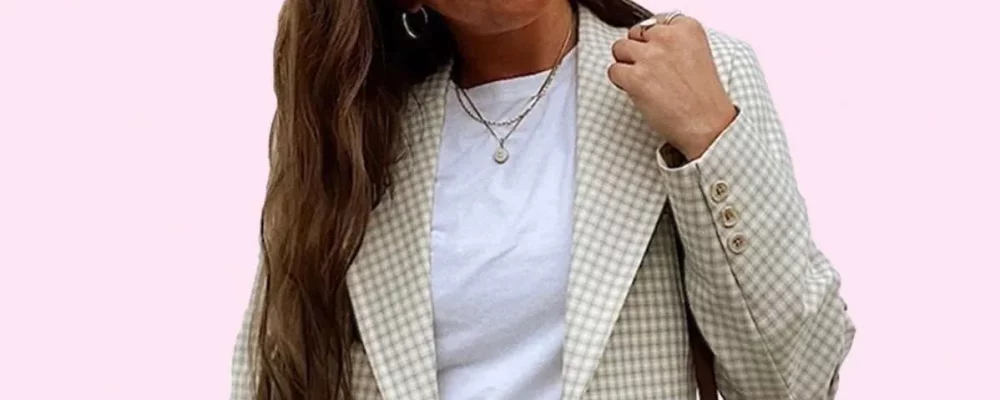Running a business is no small feat, especially when you are also in pursuit of a Bachelor’s degree. But, Victoria Keller made both happen. Despite her hectic schedule as a student and now a full-time teacher, Victoria Keller embraced the challenge and created a community of more than 17,000 followers and fellow lovers of thrift shopping.
The idea for Victoria’s thrift account emerged while she was a student at Ashland University in Ohio. She and her friends found themselves venturing to thrift stores to occupy their free time, and Victoria began accumulating thrifted pieces. She eventually collected so many that she started storing them under the twin bed in her tiny dorm room.
“I found pieces that I wouldn’t like but I knew others would,” Victoria told us. “I would post on my personal Instagram and people would want it.”
Eventually, she made an account just for her thrifted finds. By following other accounts and hosting giveaways, word of this new account spread throughout her college campus. Over the summer, a few of her videos on TikTok went viral, and her following grew to where it is today.
In recent years, Victoria tells us, the connotation of thrifting has changed. As people clear out their closets while at home during the pandemic, high-quality pieces are popping up in thrift stores: both ’brick and mortar’ and on the internet.
“Thrifting is more widely accepted right now,” Victoria observes.
She is completely right. As described by this article by Madeline Stone in the Business Insider, “teens are embracing secondhand clothing,” with approximately 46% of teens from upper-income households purchasing secondhand clothes, and 58% selling their used clothes to others (Stone).
While followers of Victoria’s account reflect the popularity of thrifting among younger generations, many people still harbor doubts about thrift shopping. From dubbing thrifted clothes as dirty to thinking thrift stores lack quality brands, there are a lot of misconceptions out there.
Still, despite its bad rep, thrifting is not only safe with a bit of detergent, but it is also a greener way to shop.
“According to a 2018 report from the United Nations Economic Commission for Europe, the fashion industry accounts for about 10% of global carbon emissions and 20% of global waste water” (Stone).
While these numbers are certainly intimidating, thrifting presents a more sustainable and increasingly popular alternative for finding trendy clothes. It can be overwhelming, however, to walk into a store filled to the brim with clothes, and finding something that fits your style may seem like an impossible task.
That is why we appreciate pages like Victoria’s so much; who share their finds, make them accessible, and build communities that are incredible to be a part of.
If she had to give a new thrifter any tip, Victoria encourages an open mind and out-of-the-box thinking.
“Explore the entire store, even the boys’ section,” she said. “You never know what you will find!”
Be sure to look out for Victoria’s workshop with us in February to learn more about her business and the ins and outs of thrift shopping!


